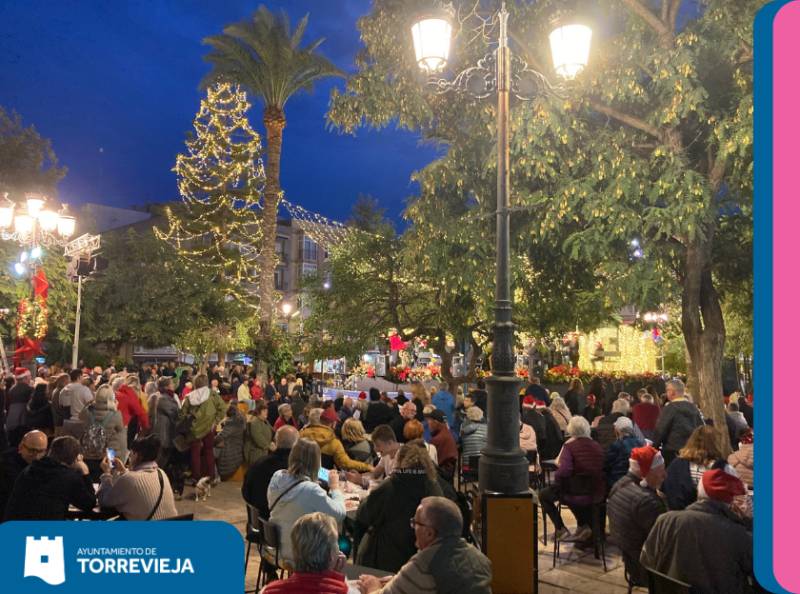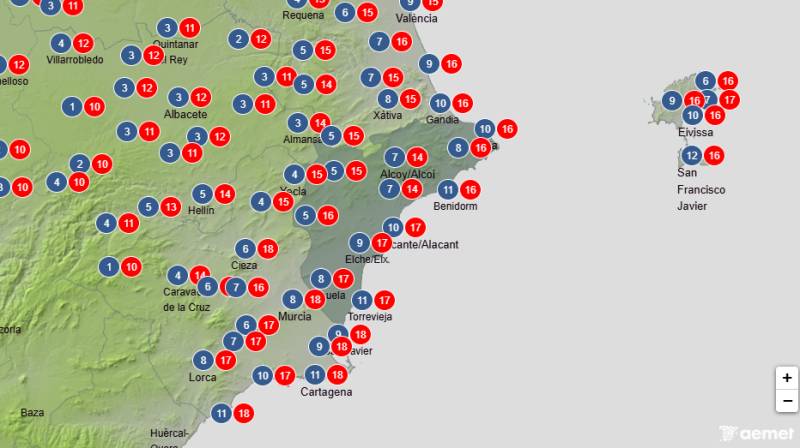Convento e Iglesia de la Trinidad, Orihuela
This convent also has a shop selling home made sweets and pastries
(Religious order of the Dominicas)
 This is still a working convent, home to a small community of Dominican nuns who earn their living by selling cakes and sweets from a small shop located on the side of the convent. ( See Divine delights in Orihuela). The church itself is open for mass, but the convent is generally closed, so if the opportunity to partake in the “Ruta de Dulces” the route of the sweets is offered by the tourist office at any time, then it’s well worth going along to this as it offers the chance to see inside the convent, which has a beautiful cloister in its heart, as well as a chance to sample and buy the delicious sweets made and sold here.
This is still a working convent, home to a small community of Dominican nuns who earn their living by selling cakes and sweets from a small shop located on the side of the convent. ( See Divine delights in Orihuela). The church itself is open for mass, but the convent is generally closed, so if the opportunity to partake in the “Ruta de Dulces” the route of the sweets is offered by the tourist office at any time, then it’s well worth going along to this as it offers the chance to see inside the convent, which has a beautiful cloister in its heart, as well as a chance to sample and buy the delicious sweets made and sold here.
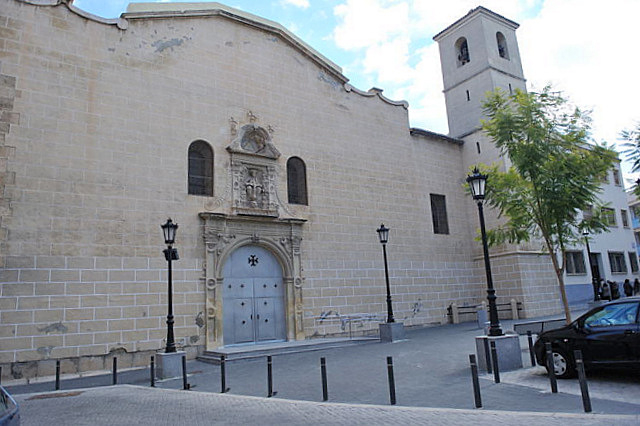 The convent was founded in 1557 and the building we see today is essentially a Renaissance structure which underwent repairs following the major Torrevieja earthquake in March 1829 which registered 6.6 on the Richter scale and caused widespread damage in the Alicante province. This building was partially destroyed, as were several others in the main urban area of Orihuela and hundreds died in Torrevieja itself where most of the urban structure was totally flattened.
The convent was founded in 1557 and the building we see today is essentially a Renaissance structure which underwent repairs following the major Torrevieja earthquake in March 1829 which registered 6.6 on the Richter scale and caused widespread damage in the Alicante province. This building was partially destroyed, as were several others in the main urban area of Orihuela and hundreds died in Torrevieja itself where most of the urban structure was totally flattened.
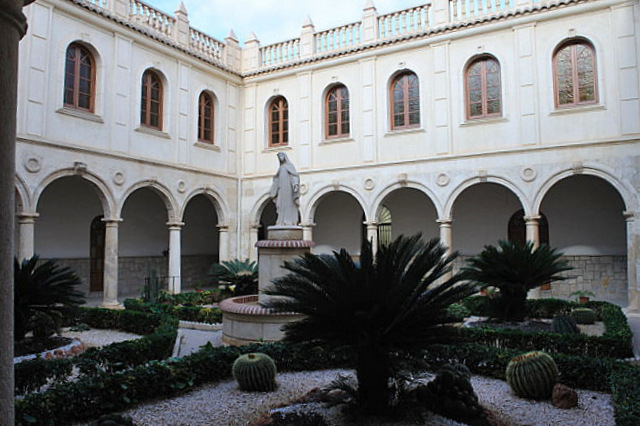 The façada itself is very simple and austere renaissance structure, dedicated to the Holy Trinity, and the building housed the Convento de los Trinitarios, the Trinitarian nuns, from its foundation until the turbulence of the “Desamortización Eclesiástica de Mendizábal” took place in 1835, a period of two years in which many of the monasteries across Spain were dismantled. This was due to legislation passed by Juan Álvarez Mendizábal, Prime Minister under Isabel II of Spain, who issued a set of decrees which resulted in the expropriation of many monasteries, the legislation designed to try and return some of the land owned by the
The façada itself is very simple and austere renaissance structure, dedicated to the Holy Trinity, and the building housed the Convento de los Trinitarios, the Trinitarian nuns, from its foundation until the turbulence of the “Desamortización Eclesiástica de Mendizábal” took place in 1835, a period of two years in which many of the monasteries across Spain were dismantled. This was due to legislation passed by Juan Álvarez Mendizábal, Prime Minister under Isabel II of Spain, who issued a set of decrees which resulted in the expropriation of many monasteries, the legislation designed to try and return some of the land owned by the  Church back to the working man as the church at that point owned so much of the good farming land across Spain. As is always the case in these situations, those who actually benefited were the families who were rich enough already to buy up these lands and thus increase their own wealth, not the average farmer.
Church back to the working man as the church at that point owned so much of the good farming land across Spain. As is always the case in these situations, those who actually benefited were the families who were rich enough already to buy up these lands and thus increase their own wealth, not the average farmer.
This convent was bought by the Bishopric of Orihuela who adscribed it to Orihuela Cathedral and it became the Dominican college of seminaries until Civil War broke out.
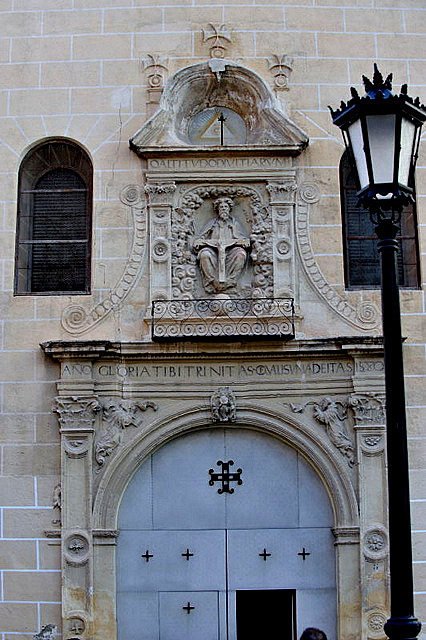 Following the Civil War, the convent became the new home of the Dominicas nuns who lost their own convent when the Monasterio de Santa Lucía was destroyed during the war.
Following the Civil War, the convent became the new home of the Dominicas nuns who lost their own convent when the Monasterio de Santa Lucía was destroyed during the war.
They brought with them a few precious survivors of the Civil War, a 16th century retablo ( altar piece) made by Pedro de Alego and Jerónimo de Córdoba in 1564 which can be seen inside the chapel of the convent, and an image of the Dolorosa ( the Virgen Mary in mourning) by Sánchez Lozano.
The church is very rarely opened for visitors, and if you are fortunate enough to be inside the convent at any point try to see the cloister, a charming and tranquil baroque open air central space in the heart of the convent.
The convent shop.
Convento de la Trinidad (Hermanas Dominicas – Dominican nuns).
Location: Plaza de la Trinidad
Click for map, Plaza de la Trinidad, Orihuela
Shop open throughout the year:
Monday to Saturday 10am to 1.30pm and 4.30pm to 6.30pm
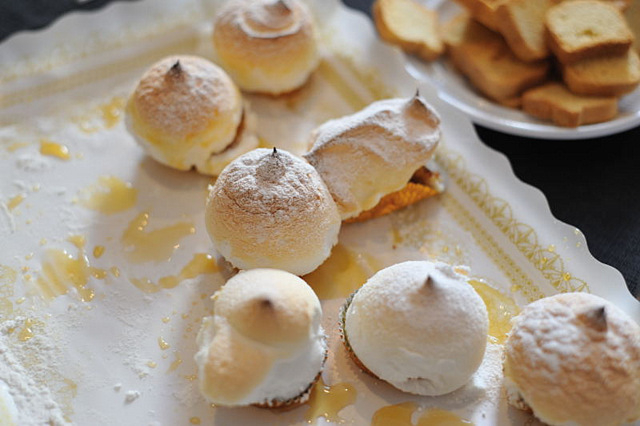 Only 7 nuns inhabit this vast building, earning their living by making and selling cakes, jams and sweets.
Only 7 nuns inhabit this vast building, earning their living by making and selling cakes, jams and sweets.
The nuns make a mixture of sweet crumbly biscuits, marzipan sweets and other cake-based sweets.
Zamarras, chatos, pasteles de gloria and tarritos de mermelada are their best known creations, filled with sweets, yemas, which are egg yolks and melting home-made jam, sold in boxes of half a kilo or kilo, as well as in mixed boxes with a mixture of different pieces to sample.
Prices are very accessible: 3 euros for jam, lovingly bottled and labelled, 4 euros for a half kilo mixed box of different sweets and biscuits to sample, then each type sold separately.
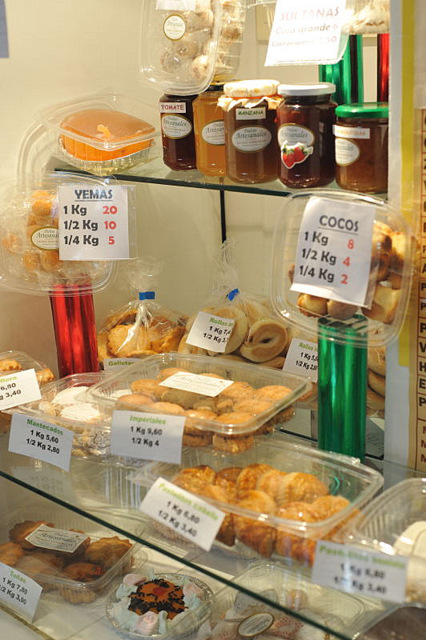 The Ed was privileged to visit on a sampling tour and was treated to a “pastel de Gloria” a stiff, soft meringue atop a melting egg yolk delight, the “tart of glory” also known locally as “ “tetas de Monja” or nun’s breasts due to the suggestive piping of the softly mounded meringue topping. A real treat if there are any in stock, also made to order for special occasions.
The Ed was privileged to visit on a sampling tour and was treated to a “pastel de Gloria” a stiff, soft meringue atop a melting egg yolk delight, the “tart of glory” also known locally as “ “tetas de Monja” or nun’s breasts due to the suggestive piping of the softly mounded meringue topping. A real treat if there are any in stock, also made to order for special occasions.
A lovely little story was told by one of the nuns making these sweet pastries about an offer made to the nuns by retail giant, Corte Inglés, read, A nun’s dilemma, profit or prayer?















